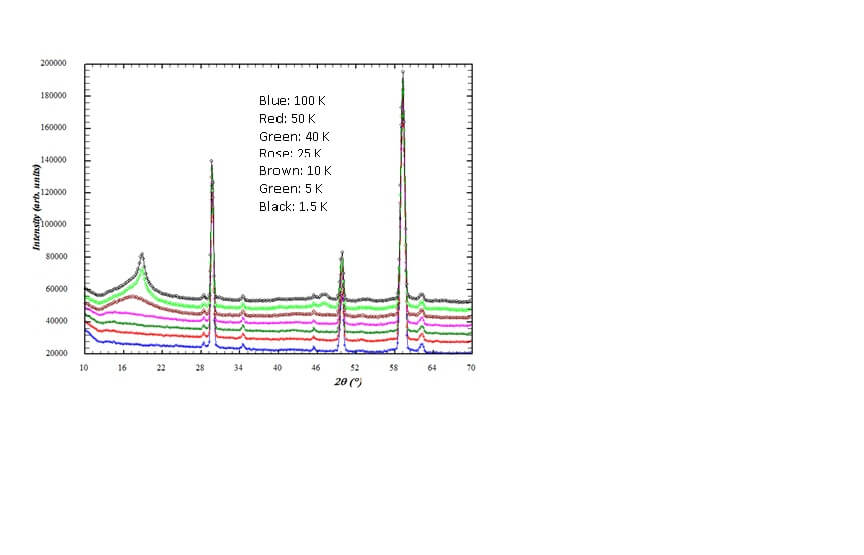Spinel nanoparticles
Size control over the magnetism of complex nanoparticles is one of the most challenging and yet rewarding areas in solid state science. It can advance our basic understanding of the role of geometry and size on the magnetic states, and enable new applications. Spinel ferrite nanoparticles are very attractive systems in this regard, because the spinel structure is of the most complex and adaptive structures and it can evolve locally with the size and shape of the nanoparticles, resulting in novel or enhanced properties. The spinel structure is mainly characterized by three degrees of freedom associated with the detailed atomic arrangement: (i) the lattice parameter, a; (ii) the anion parameter, u; and (iii) the cation inversion parameter, i. For spinel nanoparticles, these degrees of freedom can be modified in a controlled way by changes of the preparation method, the particle-size, by doping and by processing as well as by application of external pressure and by changes of the temperature.
Among the wide variety of spinel ferrites, we chose ZnFe2O4 as model system because of its complex, and not yet fully explored relationship between preparation method, form (single-, poly-, nano- crystalline), crystal structure and magnetic states and parameters. Our aim of these studies was/is to explore the evolution of the crystal structure and magnetism as a function of the size of nanoparticles, from about 4 to 110 nm, in order to probe the critical size where bulk-like structural and magnetic signatures take place.
Powder neutron diffraction at the temperature range from 1.5K to RT revealed that the 110 nm nanoparticles order at low temperature (Fig. ). Smaller nanoparticles do not show any magnetic order down to 1.5 K. We found that ZnFe2O4 nanoparticles exhibit different structural and magnetic properties compared with their bulk counterparts: while they maintain the average spinel cell, there is significant rearrangement of the cations on the tetrahedral and octahedral sites of the structure. As a result, nanoparticles up to about 100 nm do not exhibit magnetic order down to 1.5 K. The transition to bulk-like AF state takes place at a critical size of about 100 nm. Whether additional transitions occur up to a micro-scale remain to be investigated.
